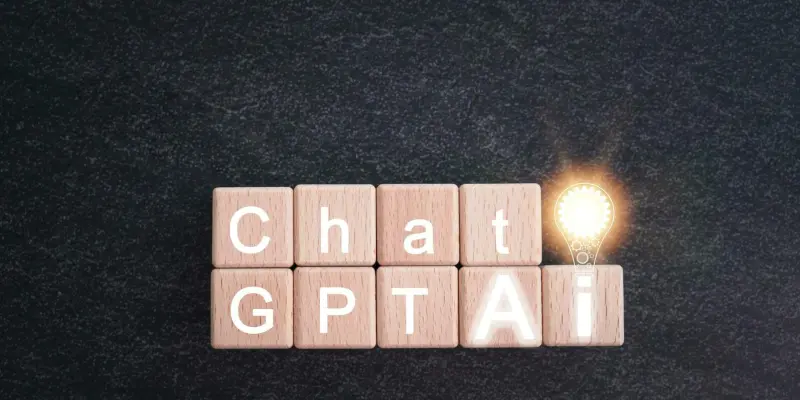In a world where digital transformation is reshaping how we interact with information and services, New Zealand has taken a pioneering step by launching GovGPT, an AI-powered tool designed to revolutionize access to government resources. This innovation comes at a time when the public sector is cautiously exploring the benefits of generative AI, even as private industries are increasingly adopting these technologies. GovGPT, introduced by Judith Collins, the Minister for Digitizing Government, marks a significant shift towards more efficient, user-friendly public services. The tool is built using the same underlying technology as ChatGPT, serving as a focused search engine that crawls through government web pages and provides concise summaries of relevant information.
Described as the “digital front door” to the New Zealand government, GovGPT aims to save users both time and effort by delivering timely answers to their queries about government services. With an initial launch that included information from 14 government pages, there is a clear potential for expanding this service to encompass a broader range of government resources. The launch of GovGPT is timely, as it aligns with global trends where other nations, such as the UK, are also experimenting with similar AI-driven initiatives like Gov.UK Chat, which utilizes OpenAI’s advanced ChatGPT-4 model to offer business support to entrepreneurs. The introduction of such tools underscores a growing recognition of AI’s capacity to streamline information access and reduce bureaucratic complexities.
Broadening the Scope of AI in the Public Sector
The cautious adoption of generative AI in the public sector is largely influenced by concerns over data management and privacy, yet there is a growing acknowledgment of AI’s potential to significantly enhance service efficiency. As AI technologies continue to mature, tools like GovGPT represent the initial steps towards harnessing AI to improve public sector operations. In private industries, such as iGaming, AI has already demonstrated its ability to bolster search capabilities and optimize user experiences. While the public sector remains more circumspect, the success of projects like GovGPT could persuade other governments to consider similar innovations.
The ability of AI tools to drastically shorten response times and minimize bureaucratic hurdles makes them particularly appealing for government applications. Traditionally, one of the biggest challenges in accessing government services has been navigating the often complex and fragmented information landscape. By deploying an AI-powered search engine, New Zealand is proactively addressing these issues, setting a precedent for how public sector services can evolve with technology. As governments worldwide look to enhance citizen interactions and streamline processes, GovGPT’s success could serve as a crucial case study.
Continuous Evolution and Future Prospects
In a world undergoing rapid digital transformation, New Zealand stands out by introducing GovGPT, an AI-powered tool set to revolutionize access to government resources. This comes at a time when the public sector is cautiously evaluating generative AI benefits, while the private sector swiftly adopts these technologies. Judith Collins, the Minister for Digitizing Government, launched GovGPT, signaling a major shift towards enhancing public services to be more efficient and user-friendly. Built with technology similar to ChatGPT, GovGPT functions as a specialized search engine that scans government websites to provide concise summaries of relevant information.
Referred to as New Zealand’s “digital front door,” GovGPT aims to save users time and effort by offering quick answers to questions about government services. Initially, it launched with information from 14 government pages, but there is significant potential for expansion to cover a wider array of resources. This launch aligns with global trends where countries, like the UK, are experimenting with AI initiatives such as Gov.UK Chat. These tools highlight the growing recognition of AI’s power to simplify information access and reduce bureaucratic hurdles.

